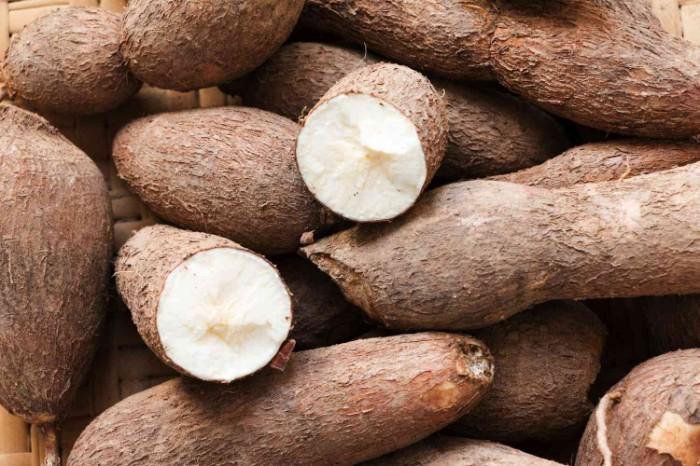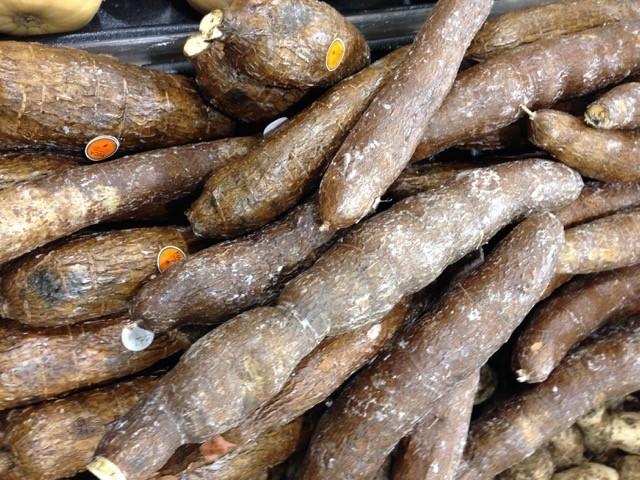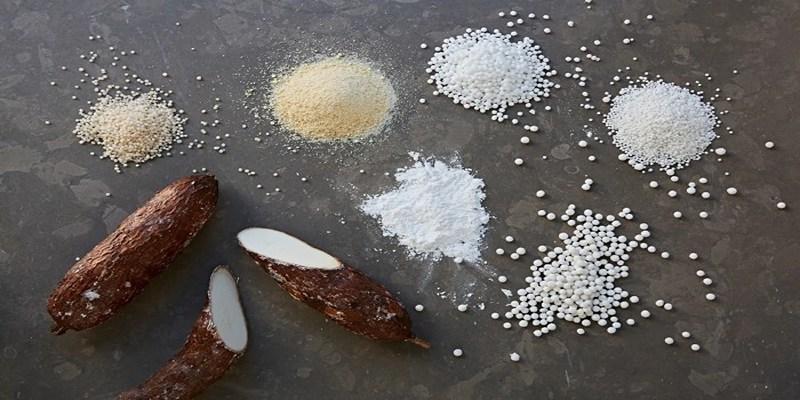Are you curious about tapioca and its uses? Have you spotted it in the grocery store or a specialty food market but need help with what to do with it? Tapioca is an ancient grain used for centuries as a main staple in many cultures.
It is full of nutrition and provides multiple benefits, making it both helpful for those on restricted diets and simply for adding texture to dishes. Continue reading to explore tapioca, the different types available, where it comes from, its possible health benefits, and how one can prepare this nutritious food.
Definition of Tapioca and its History
Tapioca is a starch extracted from the root of the cassava plant, which is native to South America. It has been used for centuries as a cheap and versatile food source in many parts of the world, including Latin America, Africa, India, Thailand, and Southeast Asia.
The Spanish and Portuguese explorers first documented Tapioca in the early 16th century. It was introduced to Europe by Portuguese traders, eventually becoming a key ingredient in many dishes. Recently, it has become popular as an alternative to wheat flour for gluten-free baking and has been used to create various snacks such as tapioca pearls, crackers, chips, and more. It is also a popular choice for vegan and vegetarian diets as it provides a great source of carbohydrates without any animal products.
Tapioca can be used in many dishes, from sweet to savory recipes. Tapioca pudding and bubble tea are two sweet dishes that use tapioca pearls. Savory dishes such as tapioca pancakes and crackers are also becoming increasingly popular. Tapioca flour can be a gluten-free alternative to wheat flour, allowing those with gluten sensitivities or allergies to enjoy their favorite dishes without worry.
Tapioca is an incredibly versatile ingredient that provides a great source of carbohydrates and other essential nutrients. It is easy to work with and can be used in various sweet and savory dishes. It is an excellent choice for those looking for gluten-free options or vegan or vegetarian alternatives. Tapioca is worth considering whether you want to try something new or need a go-to for gluten-free baking.
The history of tapioca shows that it has been an important part of global cuisine for centuries, and its versatility makes it a great choice for modern cooks.
Varieties of Tapioca and their uses

Tapioca has different forms and varieties, each with distinct texture, flavor, and uses. The most common types are:
- Pearl tapioca; also known as ‘sabudana’ or ‘tapioca pearls’. It looks like white beads but has a chewy, starchy consistency when cooked. Pearl tapioca is often used to add texture and flavor to puddings, porridge, and sweet dishes like bubble tea.
- Flour tapioca is a powdery flour made from cassava root and used as an alternative to wheat flour in baking. It has a neutral taste but adds a moist and soft texture to baked goods.
- Starch tapioca, an extracted cassava root, is mostly used as a thickening agent instead of cornstarch or other starches. It is also frequently used to make desserts like pudding, custards, and pie fillings.
Tapioca also makes various savory dishes, bread, snacks, and beverages. It has become increasingly popular for its gluten-free properties, making it a great alternative for those with dietary restrictions. With so many forms and uses, tapioca is a versatile ingredient that can be enjoyed in sweet and savory dishes.
Nutritional facts about tapioca and its benefits
Tapioca is high in calories and carbohydrates but low in fat. It contains essential vitamins and minerals like calcium, iron, magnesium, phosphorus, and potassium. This makes it a great energy source for athletes and active people alike. Not only that, but tapioca also contains dietary fiber, which helps to regulate blood sugar levels and contributes to healthy digestion. Tapioca also has a variety of antioxidants, which can help protect your body from free radical damage.
Additionally, it is gluten-free, making it an ideal food for those with celiac disease or other gluten sensitivities. Regarding its flavor profile, tapioca is known to have a slightly sweet and nutty taste. With all these nutritional and health benefits, tapioca can be a healthy alternative to grains like Wheat.
Different ways of cooking tapioca and recipes to try

Tapioca comes in many forms, from flour to pearls. In its most basic form, tapioca is simply the starch extracted from the root of the cassava plant, also known as yuca or manioc. It's naturally gluten-free and easily digestible, making it popular for those with sensitivities.
Tapioca pearls can be prepared in various ways - boiled, fried, baked, or even used as a thickener. Boiled tapioca pearls are often served as a dessert – they are soft and sweet when cooked correctly. You can also find them in bubble tea, rice pudding, and mochi ice cream. For a savory option, try deep-frying the pearls to make crunchy chips or fritters.
The flour variety of tapioca is most commonly used as a thickening agent for soups, stews, sauces, and pies. It's also an ingredient in many gluten-free baked goods, such as breads and cakes.
Tapioca is also quite versatile in recipes -'s something for every taste! Try making classic Brazilian Brigadeiros or Tapioca Coconut Pudding for a sweet treat. Try Thai Tapioca Noodles with Chicken or Potato and Onion Tapioca Fritters if you want something savory.
FAQs
Is tapioca good for health?
Yes, tapioca is rich in carbohydrates and contains essential vitamins and minerals. It is also gluten-free, making it a great choice for those with sensitivities. Additionally, tapioca's dietary fiber helps regulate blood sugar levels and can contribute to good digestive health.
How do you cook tapioca pearls?
Tapioca pearls are usually boiled or steamed. Boil the pearls in water and a pinch of salt for 15-20 minutes, stirring occasionally. Or, place them in a steamer basket over boiling water and steam for 10-15 minutes.
What does tapioca taste like?
Tapioca has a slightly sweet and nutty flavor. It is often used in desserts as its mild flavor pairs well with other ingredients, such as chocolate and fruit.
Conclusion
All in all, tapioca is a versatile ingredient enjoyed for centuries across many cultures. With its range of varied forms, uses, nutritional benefits, and alternatives, it is easy to find a way to incorporate this extraordinary starch into any meal due to its amazing flavor, consistency, and texture.




